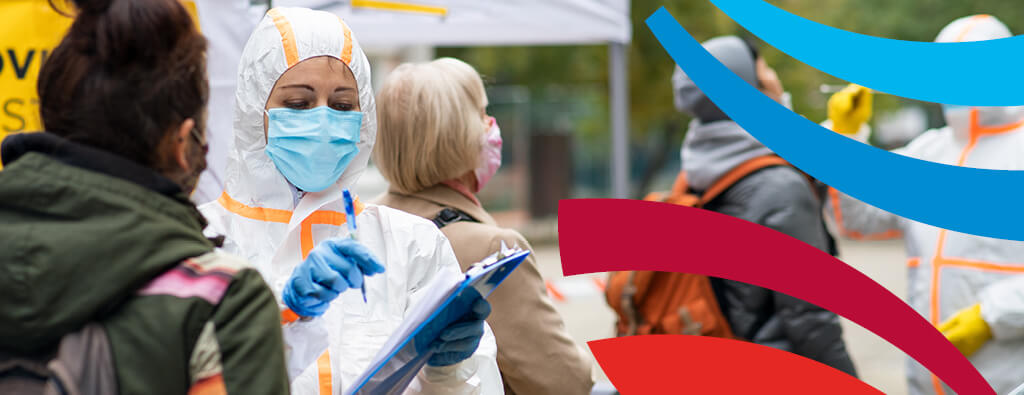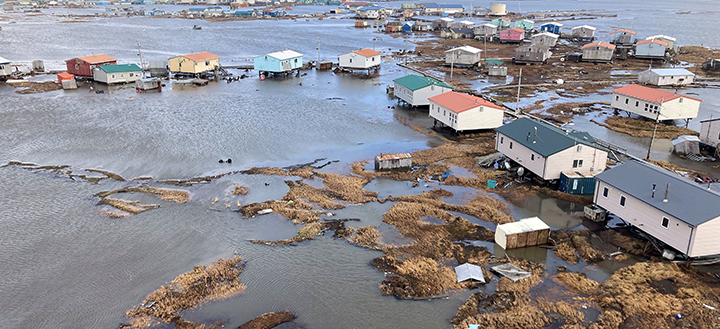In recent years, the landscape of public health emergencies has evolved rapidly, challenging emergency managers to adopt more sophisticated and agile response strategies. The COVID-19 pandemic and natural disasters like hurricanes and wildfires have underscored the critical need for robust preparedness and response frameworks. As emergency managers, we must integrate public health considerations into all aspects of emergency planning to effectively protect the safety and well-being of our communities.
Preparedness: Building a Resilient Framework
Preparedness is the cornerstone of effective public health emergency management. It requires a comprehensive approach encompassing planning, training, and resource allocation. A key element is developing an all-hazard emergency operations plan (EOP) addressing diverse public health threats, including infectious diseases, bioterrorism, and chemical incidents. For example, during the Ebola outbreak in 2014, the Centers for Disease Control and Prevention (CDC) implemented specific protocols for isolation and treatment, which have since informed broader infectious disease preparedness.
Strong partnerships with public health agencies, healthcare providers, and community organizations are essential for preparedness. These partnerships facilitate the sharing of critical information and resources, ensuring a coordinated response. Emergency managers should work closely with public health officials to identify potential health threats and develop response protocols, including disease surveillance, contact tracing, and mass prophylaxis. For instance, the collaboration between public health departments and local hospitals was pivotal in managing the H1N1 influenza pandemic, where rapid vaccination campaigns were crucial in controlling the virus spread.
Training and exercises are equally vital. Regular drills and simulations help identify gaps in plans and protocols, enabling emergency managers to refine their strategies. These exercises should incorporate realistic scenarios that challenge responders to think critically and adapt to rapidly changing situations. Tabletop exercises focused on public health emergencies can enhance understanding of disease transmission dynamics and the complexities of managing medical resources.
Response: Swift and Effective Action
The response phase is where preparedness efforts are put to the test. During a public health emergency, the timely activation of the EOP and Incident Command System (ICS) is crucial. The ICS provides a standardized, hierarchical structure for coordinating response efforts, ensuring clear communication and efficient resource deployment.
A key challenge in responding to public health emergencies is managing the surge in healthcare demand. Emergency managers must work with healthcare facilities to establish protocols for triage, treatment, and allocating scarce resources. This was evident during the early stages of the COVID-19 pandemic when hospitals faced critical shortages of ventilators and personal protective equipment (PPE). Establishing alternative care sites and strategically distributing medical supplies and personnel were vital strategies to manage the crisis.
Effective communication is also very important. Public health emergencies often generate widespread public concern and misinformation. Emergency managers must deliver clear, accurate, and timely information to the public and media. This includes providing guidance on preventive measures, updates on the emergency status, and instructions for accessing medical care. Utilizing multiple communication channels, including social media, can help reach diverse audiences and dispel rumors. For example, during the Zika virus outbreak, public health officials used a combination of traditional media and digital platforms to educate the public about mosquito control measures and travel advisories.
Recovery and After-Action Review
The recovery phase begins once the immediate threat has subsided. This phase focuses on restoring public health services, addressing long-term health impacts, and improving future preparedness. An essential component of recovery is the after-action review (AAR), which evaluates the response to identify strengths and areas for improvement.
Conducting a thorough AAR involves collecting data from all stakeholders involved in the response, including public health agencies, healthcare providers, and community organizations. The findings from the AAR should be used to revise emergency plans, update training programs, and enhance coordination mechanisms. Continuous improvement is vital, as the lessons learned from one emergency can inform the response to future incidents.
Public health emergencies pose unique challenges that require specialized knowledge and coordinated action. As emergency managers, we must prioritize integrating public health considerations into all aspects of emergency planning and response. By fostering strong partnerships, conducting rigorous training, and maintaining clear communication, we can enhance our communities’ resilience and protect public health in times of crisis.
Our role is more critical than ever in an era of increasing public health threats. Tidal Basin is an experienced partner in emergency management and preparedness. Together, we can build a more responsive emergency management system that safeguards the health and safety of all. Through diligent planning and adaptive strategies, we can ensure that our communities are not only prepared for the next public health emergency but are also resilient enough to recover and thrive.



